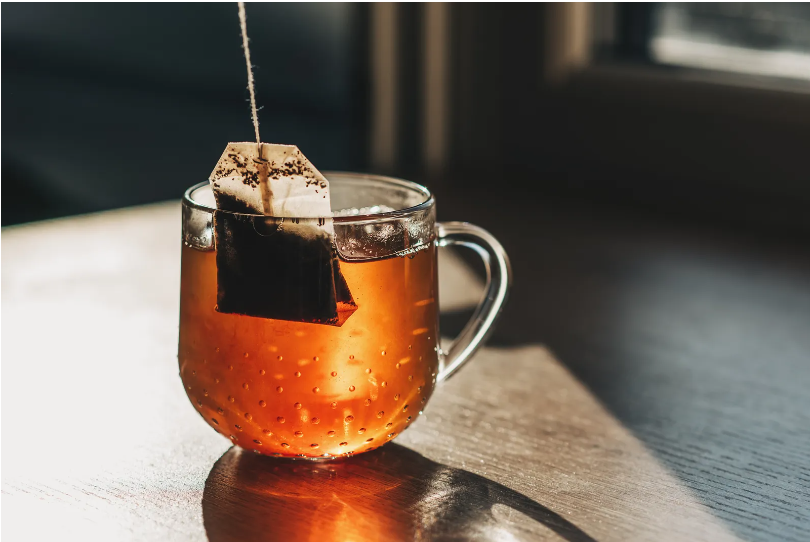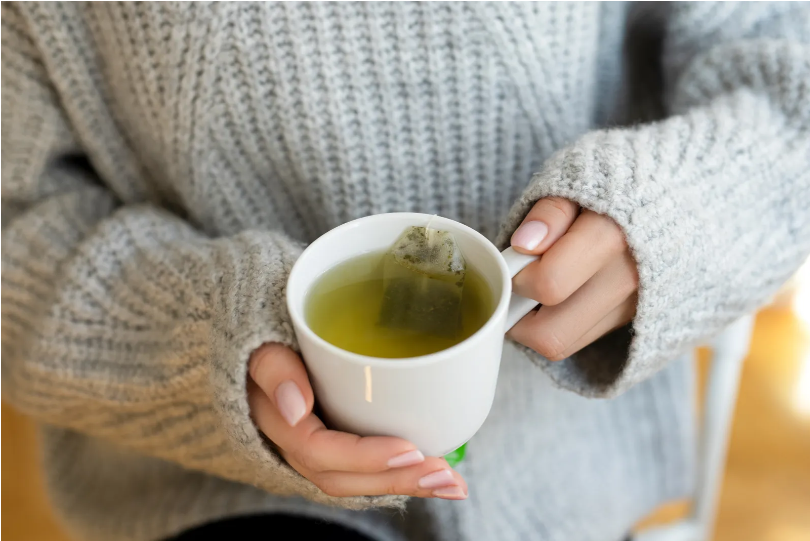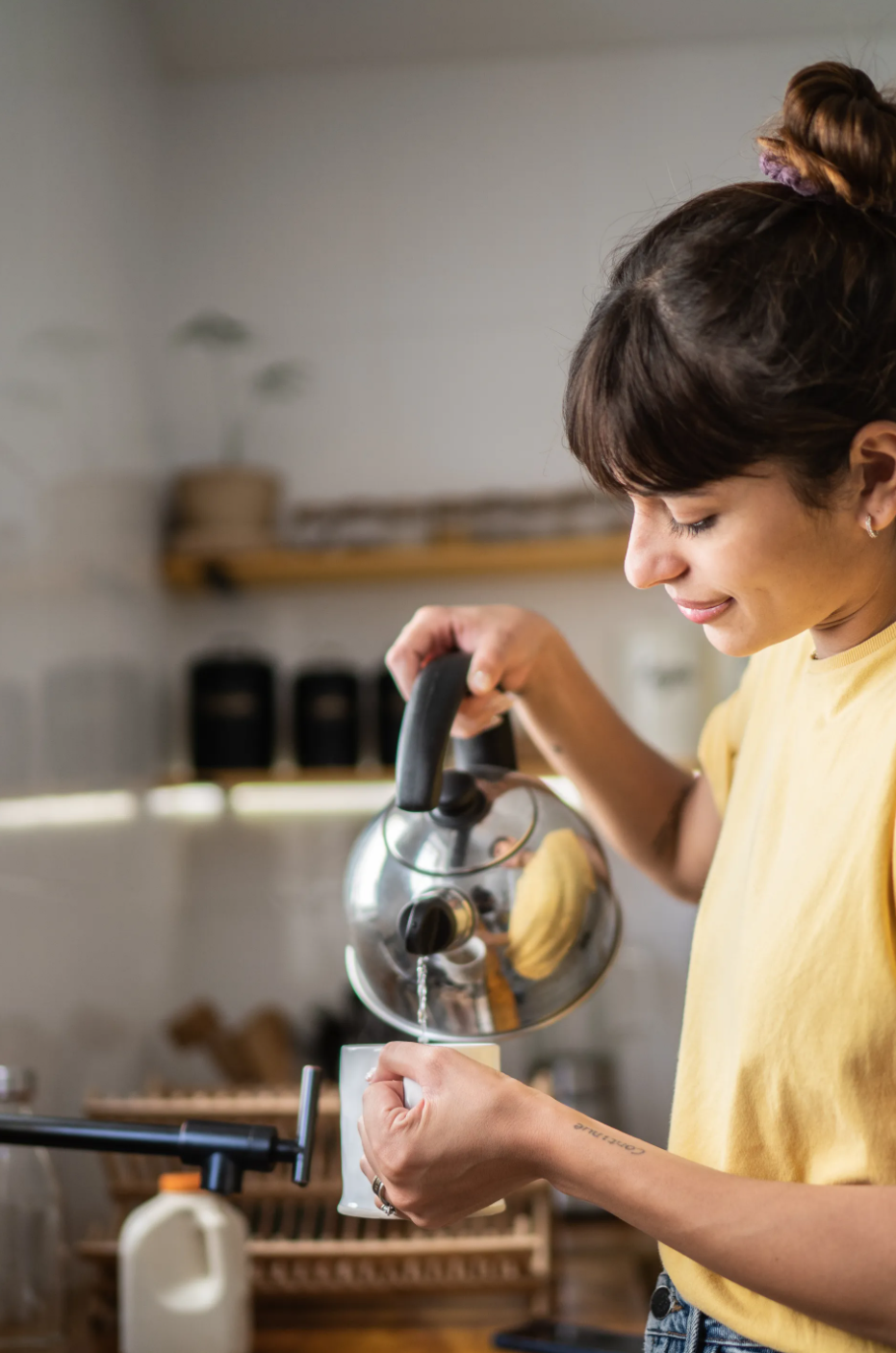For centuries, tea has been more than a beverage—it has been a ritual that connects us to the present moment. In Japan, the tea ceremony, influenced by Zen philosophy, emphasizes mindfulness, simplicity, and stillness. In England, afternoon tea became a symbol of social connection and shared delight. Across cultures, tea has always carried a dual purpose: to nourish the body and to calm the spirit.
While health benefits—from antioxidants to digestive support—are often celebrated, tea’s most precious gift may simply be its invitation to slow down. In a world defined by speed, a pause over a warm cup feels like an act of quiet luxury. Perhaps that explains why tea is the world’s second most-consumed beverage, right after water. And in the wake of the pandemic, this ritual of slowing down has taken on fresh meaning—people have rediscovered tea as a small but profound source of comfort.

Yet the way we drink tea has changed. Convenience reshaped the ritual into its most modern form: the tea bag. The story dates back to 1908, when New York merchant Thomas Sullivan sent tea samples to Europe wrapped in small silk pouches. Customers found it easier to drop the entire pouch into hot water, and an accidental innovation was born. Silk eventually gave way to gauze and paper, and by the mid-20th century, petroleum-derived plastics quietly entered our teacups.
Today, tea bags made from PET (polyethylene terephthalate) and nylon are common. But when exposed to boiling water, these synthetics begin to shed particles. A 2019 study published in Environmental Science & Technology revealed that a single plastic tea bag at 95°C can release more than 11.6 billion microplastic particles and 3.1 billion nanoplastic particles into your cup. Even scientists were stunned by the scale.
Fast forward to 2024, researchers at PlasticHeal confirmed that these particles don’t simply pass through us—they can be absorbed by intestinal cells, enter the bloodstream, and circulate throughout the body.

The risks extend beyond human health. Once discarded, single-use plastic tea bags contribute to broader environmental pollution. They break down into soils, waterways, and food chains, threatening ecosystems on both land and sea.
And here’s the twist: even if your tea bag isn’t fully plastic, it might not be as harmless as it looks. “Many are bleached with heavy metals like chromium, or sealed with polypropylene plastic that can make up nearly a quarter of the bag,” explains Wendy Kathryn, environmental toxin expert and host of the Toxin Free(ish) podcast. “Most tea bags still contain phthalates, PFAS (so-called ‘forever chemicals’), and pesticide residues, including glyphosate.”
Some brands have started offering plant-based or biodegradable options. But if you truly want the purest experience, the solution is refreshingly simple: skip the bag. Opt for loose-leaf, ideally organic tea, brewed in a stainless-steel infuser or ceramic teapot.
Perhaps this shift is an opportunity rather than a loss. By moving away from disposable tea bags, we can return to something more intentional: the slow ritual of measuring leaves, watching them unfurl, inhaling the aroma, and savoring each sip. In doing so, tea reclaims its original purpose—not just as a drink, but as a mindful pause in the rush of daily life.
